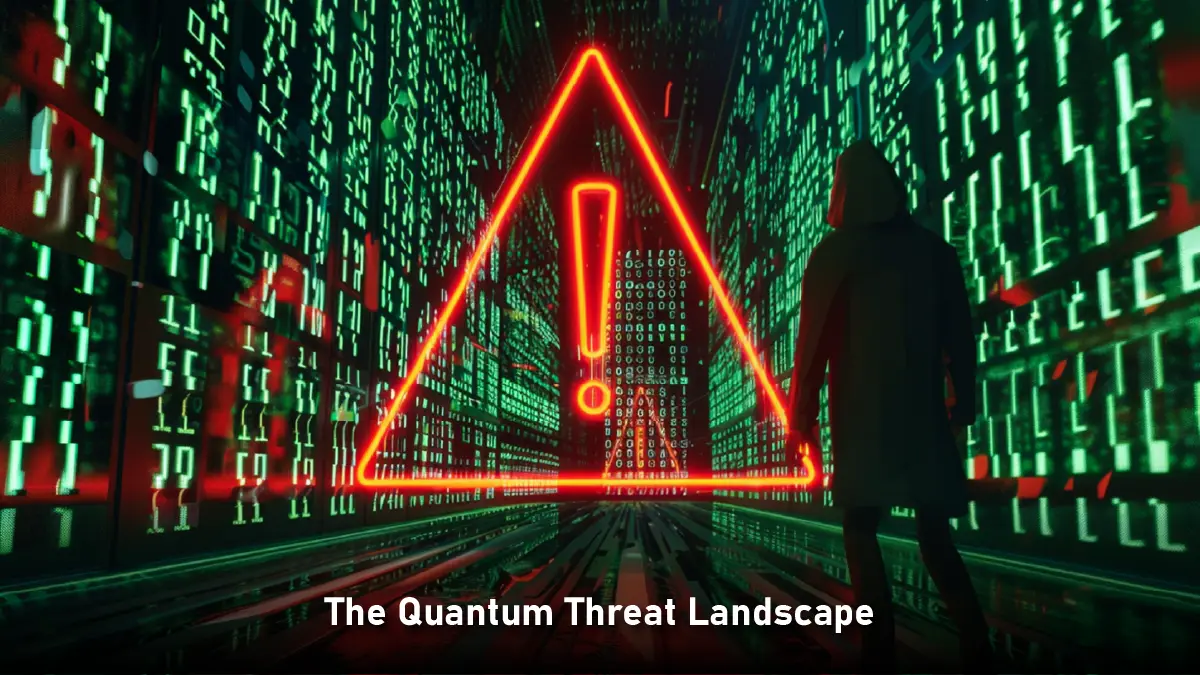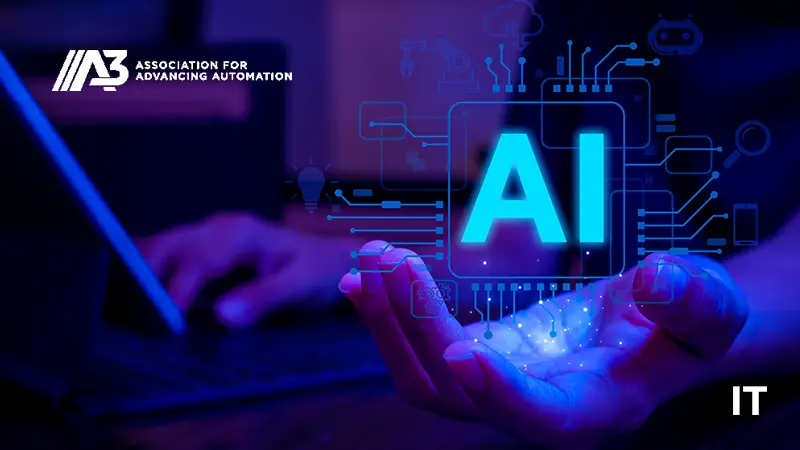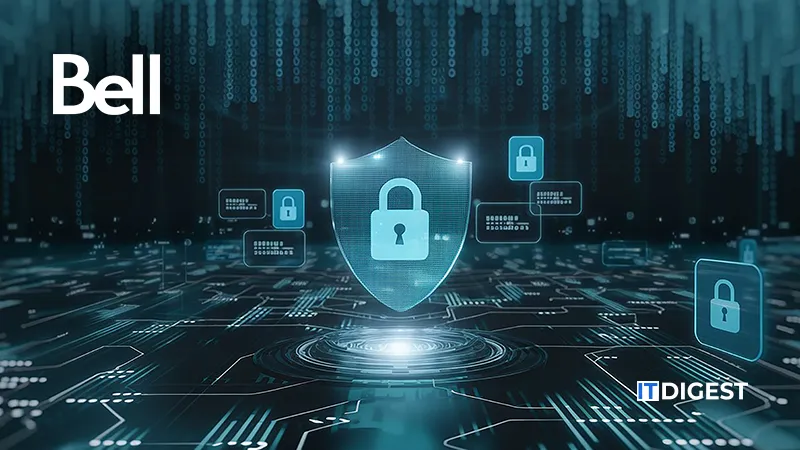In the digital era of finance, data isn’t just information, it’s currency. From transactional pipelines to confidential communications, financial institutions are built upon the assumption that their data flows are secure. Yet, as cyber threats evolve and attack surfaces widen, traditional cryptography begins to show its age. In this context, quantum cryptography isn’t a future-facing option, it’s a strategic necessity.
Beyond Mathematical Security
Conventional encryption relies on the complexity of mathematical problems. The idea is simple: make decryption hard enough to deter brute force attacks. But this strategy, while effective in the classical era, is vulnerable in a quantum paradigm. Quantum computers threaten to outpace the computational hurdles current cryptographic algorithms depend on. This means that legacy systems may not merely become inefficient, they may become irrelevant.
Quantum cryptography, in contrast, doesn’t rely on complexity; it relies on physics. By grounding security in the immutable principles of quantum mechanics, it introduces a form of protection that is not just computationally intensive to break, it’s fundamentally resistant to undetectable tampering. This evolution isn’t about escalation; it’s about transformation.
Aslo Read: 5 Steps to Build a Successful Cyber Risk Quantification Program for Your Enterprise
The Quantum Threat Landscape
 Financial networks are under continuous pressure from both known and unknown vectors of attack. According to the Federal Bureau of Investigation’s 2023 Internet Crime Report, the FBI’s Internet Crime Complaint Center (IC3) received over 880,000 complaints of cybercrime in 2023, with reported losses exceeding US$ 12.5 billion. The report notes that business email compromise and ransomware attacks continue to significantly impact the financial services sector. The entrance of quantum computing into the equation amplifies these threats. What was once a distant concern is now a developing reality. Institutions face a narrowing window to reassess the very nature of what ‘secure’ means. In this new paradigm, vulnerability is not a matter of poor implementation, it’s a matter of foundational design.
Financial networks are under continuous pressure from both known and unknown vectors of attack. According to the Federal Bureau of Investigation’s 2023 Internet Crime Report, the FBI’s Internet Crime Complaint Center (IC3) received over 880,000 complaints of cybercrime in 2023, with reported losses exceeding US$ 12.5 billion. The report notes that business email compromise and ransomware attacks continue to significantly impact the financial services sector. The entrance of quantum computing into the equation amplifies these threats. What was once a distant concern is now a developing reality. Institutions face a narrowing window to reassess the very nature of what ‘secure’ means. In this new paradigm, vulnerability is not a matter of poor implementation, it’s a matter of foundational design.
Quantum cryptography steps into this uncertainty with precision. It doesn’t offer patchwork solutions. It proposes an entirely new security model where interception attempts are not just discouraged, they are inherently visible. This visibility changes the calculus of risk, shifting it from delayed detection to real-time awareness.
Trust Through Physics
At its core, the financial industry operates on verification. Whether it’s authorizing a transfer, approving a trade, or onboarding a client, every action depends on trust. Quantum cryptography introduces verification mechanisms that are not reliant on third-party assertions or post-transaction audits. It embeds proof directly into the process.
This has major implications for digital identity, authentication, and data integrity. In an ecosystem increasingly dependent on distributed systems and machine-led decisions, embedding trust at the transmission level becomes non-negotiable. Quantum cryptography doesn’t just support this, it redefines it.
Resilience in a Post-Classical World
 Cyber resilience is no longer measured by how many attacks are blocked, but by how quickly systems adapt and recover. In that light, quantum cryptography isn’t a standalone defense, it’s part of a broader re-architecture. It supports infrastructures that can absorb shocks without compromising operational continuity or stakeholder confidence.
Cyber resilience is no longer measured by how many attacks are blocked, but by how quickly systems adapt and recover. In that light, quantum cryptography isn’t a standalone defense, it’s part of a broader re-architecture. It supports infrastructures that can absorb shocks without compromising operational continuity or stakeholder confidence.
This shift isn’t just about securing data. It’s about ensuring that critical functions remain trustworthy, even under duress. Quantum-enabled systems promise not just robustness, but assurance. And in a sector where seconds matter and exposure is unforgiving, assurance is the new benchmark for resilience.
A Strategic Asset, Not a Technical Expense
Security, when approached reactively, is a cost center. When designed proactively, it becomes an asset. Quantum cryptography represents that pivot. It allows financial institutions to lead with foresight rather than follow with regret. This strategic framing positions early adoption not as a burden, but as a differentiator. Firms that act early on quantum readiness don’t just protect data, they shape perception. In a sector defined by trust, signaling technological maturity can shift market sentiment and attract stakeholders who prioritize foresight over familiarity.
The Organizational Challenge
Despite its promise, quantum cryptography demands more than a technical shift. It calls for organizational recalibration. From governance frameworks to IT operations, institutions must build bridges between scientific innovation and operational reality. This will involve hard choices, rethinking vendor partnerships, revising compliance strategies, and confronting cultural resistance. The transition won’t be uniform, and the path won’t be linear. But the cost of hesitation is far higher than the cost of transformation. Institutions must recognize that quantum disruption is not waiting for permission. It’s arriving, quietly, steadily, and irreversibly.
The Cost of Waiting
Inaction is often mistaken for caution. But in this context, it’s exposure. In 2024, the average cost of a data breach in the financial industry reached US$ 6.08 million, 22% higher than the global average, according to IBM’s Cost of a Data Breach report. The longer institutions delay, the deeper their dependency on outdated protocols grows. And when disruption strikes, the response won’t be private, it will be public, messy, and would damage reputation. The choice is stark: redesign now, or scramble later. Forward-looking organizations are already making this calculus. Others will be forced to make it under less favorable conditions.
Preparing for Post-Quantum Transition
Modernizing cryptographic infrastructure is not a plug-and-play exercise. The transition to quantum-safe security demands deliberate planning, extensive testing, and long-term thinking. For financial institutions, the operational challenge is twofold: managing current systems while laying the groundwork for a quantum-secure framework. Both objectives must be met without disrupting ongoing business or eroding user trust.
The transition period is inherently delicate. Legacy systems can’t be removed all at once. But they also can’t be left unchanged. Bridging the gap requires hybrid models that blend classical and quantum-ready components, allowing for phased implementation. This measured approach reduces risk, maintains continuity, and builds institutional familiarity with a new cryptographic paradigm.
Policy Alignment and Governance Readiness
Security transformation cannot occur in a vacuum. It demands alignment with policy, regulatory standards, and risk frameworks. Quantum cryptography introduces mechanisms that are foreign to most existing compliance models. As such, financial institutions must proactively engage with regulatory bodies to shape interpretations, rather than wait to react to them.
Governance also plays a pivotal role. Leaders must understand quantum cryptography’s power. They also need to grasp its risks and long-term impact. This is not a technical decision; it is a strategic directive. Boards, risk committees, and cybersecurity executives must participate directly in these conversations to ensure alignment between innovation and accountability.
Rethinking Vendor Relationships
The quantum shift will ripple across supply chains. Third-party vendors, especially those providing cloud infrastructure, encryption modules, or communication platforms, must meet new criteria for post-quantum readiness. Financial institutions can no longer afford to assume vendor competence by default. Due diligence must evolve.
Contracts will need to reflect new cryptographic expectations. Vendor assessments will need to incorporate post-quantum compatibility. And strategic partnerships will need to prioritize alignment on innovation roadmaps. The vendors that survive this reshuffling will be those who treat security as a shared responsibility, not just a service offering.
Cultural Realignment Within Organizations
Quantum cryptography is not just a technical upgrade. It challenges long-held assumptions, habits, and comfort zones. For financial institutions accustomed to incremental security updates, this shift can feel disorienting. Yet the cultural shift is as critical as the technical one.
Security teams must adapt from familiar practices to unfamiliar principles. IT departments must move beyond reactive maintenance and toward forward-looking architecture. Business leaders must invest in literacy around quantum technologies to make informed decisions. And employees, at every level, must internalize a new ethos of vigilance and innovation.
Driving this realignment requires more than training programs or memos. It demands visible leadership, sustained commitment, and a clear narrative about why the change matters. Institutions that treat this shift as a core business priority, not a fringe technical initiative, will be the ones to execute effectively.
Designing for Long-Term Advantage
The goal of adopting quantum cryptography is not to simply check a compliance box. It is to design systems that will remain secure, trustworthy, and agile for decades. That means futureproofing not just for quantum computing, but for the unknown variables that will follow. Technologies evolve, threat models mutate, and user expectations grow. Financial institutions must anchor their security models in durability.
By embedding quantum cryptographic principles into core infrastructure, organizations gain more than protection, they gain optionality. They position themselves to adopt emerging technologies more confidently, adapt to regulatory changes more swiftly, and differentiate in increasingly crowded markets. This long-term lens also brings clarity to budgeting. Investments in quantum-readiness are not sunk costs, they are strategic hedges against existential risk. They protect revenue, reputation, and regulatory standing in a world where breaches are measured not just in dollars, but in trust erosion.
Redrawing the Cybersecurity Playbook
The rise of quantum computing and the corresponding emergence of quantum cryptography forces a re-evaluation of the cybersecurity playbook. Defensive strategies built on delay, obfuscation, redundancy, or brute force, no longer apply. What matters now is integrity, transparency, and provability.
Quantum cryptography enables a shift from reactive defense to proactive assurance. Rather than detect breaches after they occur, systems can be designed to resist and reveal tampering in real time. This inversion transforms how incidents are managed, how audits are conducted, and how confidence is sustained. Such a transformation won’t occur instantly. It will take time, coordination, and technical depth. But once embedded, it has the potential to redefine what security means, not as a barrier, but as an intrinsic quality of every interaction.
The Strategic Imperative Ahead
The future of finance will not be defined by those who simply adapt, it will be led by those who anticipate. Quantum cryptography offers financial institutions the chance to lead with clarity and conviction. It invites them to step beyond incrementalism and shape the next generation of digital trust. For decision-makers, the message is clear: the quantum era is approaching. Institutions that prepare with urgency, precision, and vision will build an unshakable foundation for growth. In this emerging reality, quantum cryptography is more than a tool. It is a signal. A signal of seriousness, of readiness, and of leadership. And in the world of financial data protection, that signal speaks louder than any firewall ever could.
































